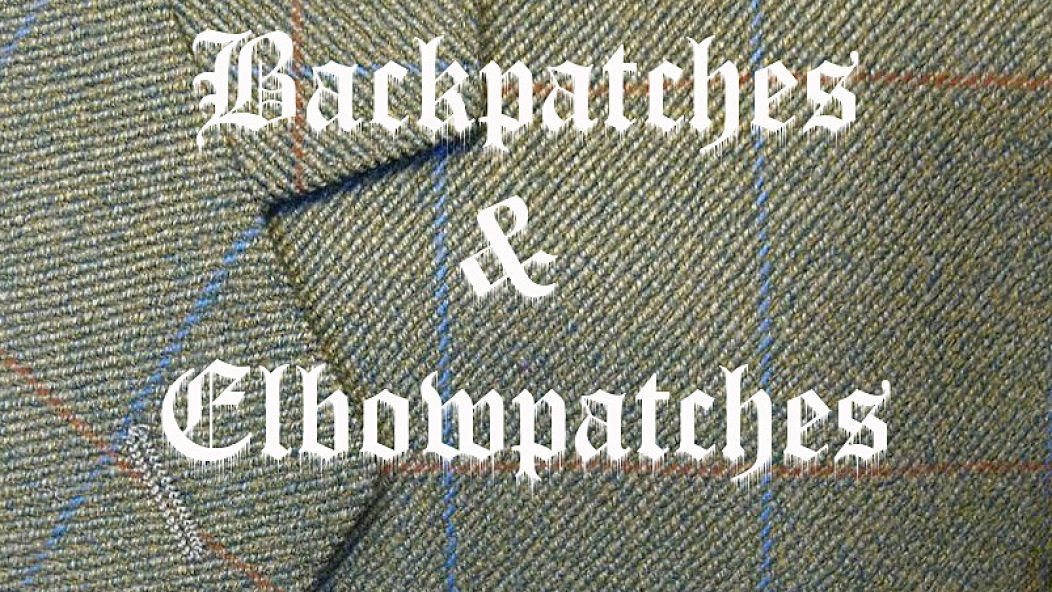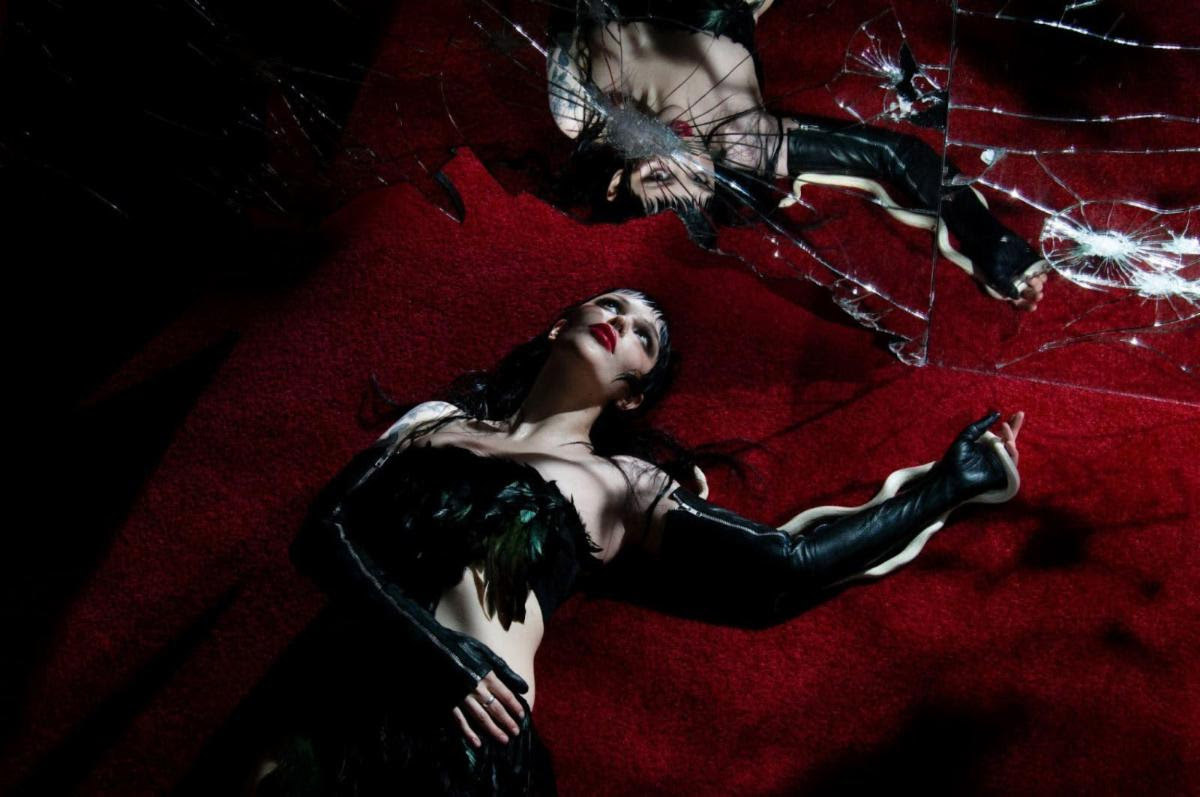
Backpatches & Elbowpatches #1: An Introduction to Metal and Academia

Hello everyone, and welcome to Backpatches and Elbowpatches, a column on the scholarly study of metal, and its intersections with metal music, metal journalism, and metal fandom.
My name is Ross Hagen and I’m a musicologist at Utah Valley University in the trendy and cosmopolitan metropolis of Orem, UT. As a teacher, I generally do survey classes on classical music, popular music, and world music, but metal has been a long-running research and writing focus for me. I’ve written a fair bit on metal in the academic publishing world, most recently a book on Darkthrone’s A Blaze in the Northern Sky with Bloomsbury’s 33.3 series, along with co-editing the volume Medievalism and Metal Music Studies: Throwing down the Gauntlet with the medievalist Ruth-Barratt Peacock. Beyond my teaching and writing activities, I play bass in the black metal band Heretic Temple while occasionally recording my own music as Schrei aus Stein and/or encomiast.
This column was prompted by my involvement with the academic society The International Society for Metal Music Studies, also known as ISMMS. ISMMS supports interdisciplinary and international academic research regarding processes and phenomena related to heavy metal music and culture, and along those lines we sponsor regular international conferences and publish an academic journal, Metal Music Studies. Emerald Publishing in the UK is also publishing a scholarly book series on heavy metal that includes both single-author books and edited collections. The society is self-consciously cross-disciplinary in nature, attracting interested scholars from sociology, anthropology, philosophy, ethnography, musicology, the humanities, library scientists, linguists, religious studies, and many others. In addition to academics, ISMMS also makes it a point to connect with metal journalists, musicians, and industry professionals.
One of my main goals for this column is to attempt to bridge some of the gaps between metal scholarship and the metal scene. Although ISMMS is obviously made up of people who are passionate about metal, and who participate directly in their metal scenes in some capacity, the academic world and the “real” world of metal don’t always interact very much. A lot of the time we have divergent perspectives on metal, but my hope is that this column might help to bring things together in some sense.
For this introductory column, I thought it would be good to give a brief retrospective on Metal Studies and highlight a few of the main publications that shaped its early development as a field of study. Future columns will explore more recent publications and areas of interest within Metal Studies. Although academics have been writing about heavy metal in various ways since at least the 1980s, Metal Studies itself didn’t begin to coalesce until the 2000s. The rapidly growing scholarly interest in the subject spawned the conference Heavy Fundametalisms: Music, Metal, and Politics, held in Salzburg, Austria, in November 2008. The initial published proceedings from the conference, edited by Niall W. R. Scott and Imke von Helden, are still available online and give a good idea of the diverse nature of metal studies scholarship. Following up on the various authors represented within it is also very worthwhile, as many of them have continued writing on various aspects of metal music and culture.
…
Prior to the 2000s, the first two academic books that seriously engaged with metal music are Deena Weinstein’s Heavy Metal: A Cultural Sociology (1991, revised 2000) and Robert Walser’s Running with the Devil: Power, Gender, and Madness in Heavy Metal Music (1993). Weinstein digs into the various “codes” of metal culture, arguing that it represents a continuation of the rebellious side of the Sixties counterculture, but with a particularly blue-collar flavor that caused a fair bit of class anxiety among middle- and upper-class parents. Running with the Devil‘s main arguments trace parallels between heavy metal and classical music in terms of musical style and gesture (particularly regarding Eddie van Halen and Randy Rhoads), but also relating the musical discipline and dedication of heavy metal guitarists to that of Baroque virtuosi.
Although Weinstein takes a sociological approach and Walser a more musically-focused angle, the books are both concerned with providing a counter-narrative to the dismissive and negative perceptions of metal and metalheads in the early 1990s. This is due in no small part to the recent efforts of the Parents Music Resource Center, who connected metal with violence, juvenile delinquency, suicide, drug abuse, and so forth. Both authors were on some level essentially writing rebuttals of the PMRC’s negative view towards heavy metal. The defensive posture is understandable, although this initial backlash to the PMRC’s criticisms has also made it difficult to honestly assess and critique some aspects of metal music and culture, even decades later.
Once we get into the 21st century, Keith Kahn-Harris’ 2006 book Extreme Metal: Music and Culture on the Edge took on the first serious sociological study of extreme metal subcultures. Perhaps the book’s most valuable contribution was its honest exploration of how extreme metal musicians and fans engage with multiple (and even seemingly contradictory) kinds of pleasure from their participation in metal, but in ways that are largely incomprehensible to outsiders. On the one hand, metal music and imagery often explores destructive, violent, and provocative themes of all types, but it does so within a creative space that intensely values community and fellowship. However, Kahn-Harris notes that metal’s emphasis on community makes it difficult for metalheads (including metal academics) to address problems in the metal scene because we often pretend they don’t exist… even though we know better.
Finally, Jeremy Wallach, Harris Berger, and Paul Greene’s edited volume Metal Rules the Globe (2011) explores metal scenes from around the world, including chapters on metal in Brazil, Japan, Indonesia, Nepal, Slovenia, Israel, and Easter Island (!) in addition to several on Western Europe and North America. Metal Rules the Globe emphasized that the field of Metal Studies needed to literally take a global view regarding this music and the way it interacts with local cultures around the world, sometimes in intensely localized and specific ways. These themes have been expanded and cultivated in numerous publications since, notably Edward Banchs’ Heavy Metal Africa, and Nelson Varas-Díaz‘s series of books and documentaries focused on metal scenes in Latin America, South America, and the Caribbean.
Over these formative years, Metal Studies has grown into a vibrant field made up of scholars from around the world in a variety of different disciplines, each of whom brings a unique perspective to bear on the roles of metal in the world. The academic mode of understanding is naturally not the end-all-be-all, but we’re excited to share the things we’re working on and debating. To that end, our website is www.metalstudies.org, which currently offers information on conferences and journal subscriptions, but which will soon also house a comprehensive database of Metal Studies research. Also be sure to look us up on Instagram (@metalstudies), as in February we are launching a series of profiles of various Metal Studies scholars highlighting their subject areas and approaches, along with a few more in-depth podcast interviews that will delve deeper into research methodologies and related issues.
Be well, everyone. See you soon with another missive from Backpatches and Elbowpatches.
…
Ross Hagen is a musicologist at Utah Valley University and is the author of A Blaze in the Northern Sky from the 33.3 series. Fun. Core. Mosh. Trends.
Graphic used under creative commons.
https://commons.wikimedia.org/wiki/File:Dormeuil_fabric_on_jacket.jpg
Toxophilus, CC BY-SA 4.0 <https://creativecommons.org/licenses/by-sa/4.0>, via Wikimedia Commons











